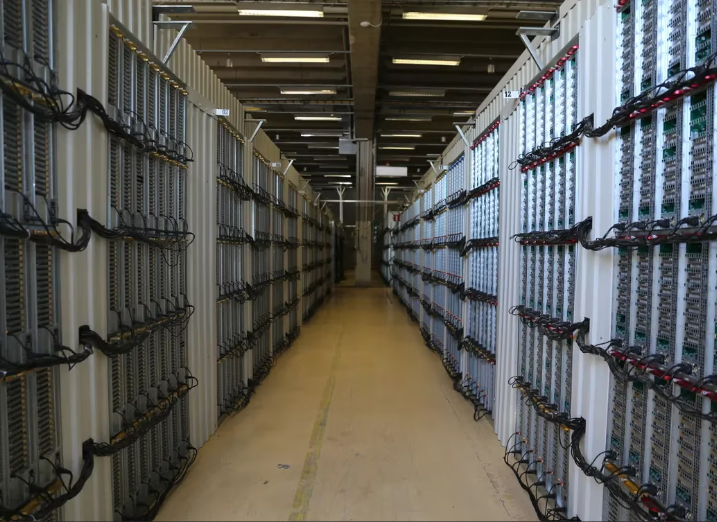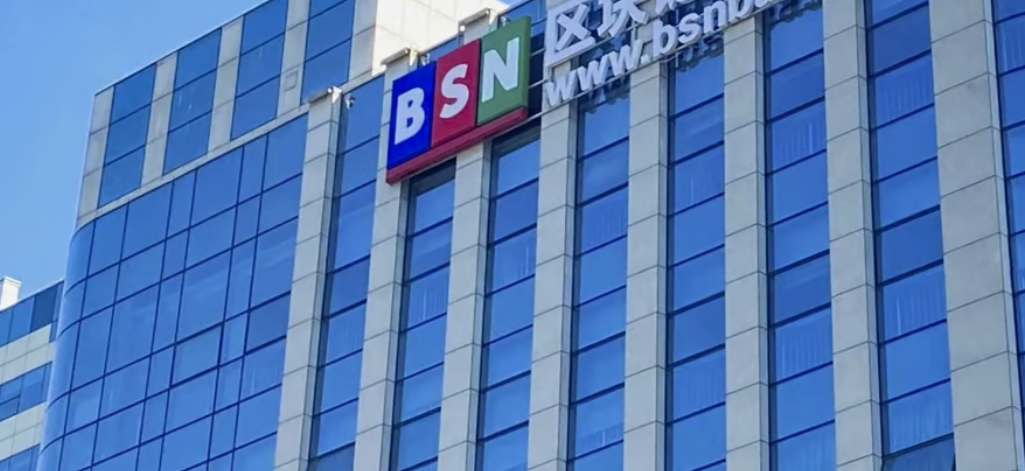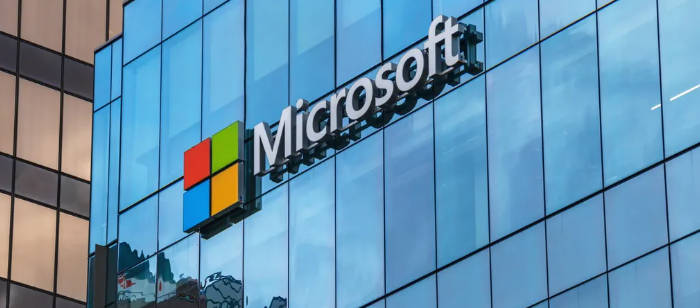Blockchain has revolutionized the process of writing, storing and managing information. The concept of a centralized database is history. You can now write and store data on a blockchain and distribute it across any number of nodes and all participants who want to confirm it can verify it.
Data storage only to add
The data is not stored in a traditional database on a Blockchain. Data on a blockchain cannot be tampered with. This is possible due to the append-only nature of the blockchain database. What this basically means is that after the data of a transaction is stored on a blockchain (as a block), that data cannot be edited or modified. As a result, all those transactions are protected against corruption.
But wait! The rabbit hole is much deeper. There are many aspects to storing data on a blockchain.
Smart Contracts
The smart contract is another aspect of writing data to a blockchain. These are digital contracts stored on blockchains and executed automatically on the completion of predetermined terms and conditions. They can be used to automate the execution of agreements or workflows. All participants will receive instant updates in real time. They can also automate a future workflow process and trigger the desired action when the desired conditions are met.
Smart contracts work based on simple statements written in code on a blockchain. When a set of predetermined conditions are satisfied, a computer network springs into action to execute transactions when the predetermined needs are met and verified. The blockchain is updated with each completed action, making the action irreversible and transparent. However, only those with authorized access can view the results.
Many stipulations can be incorporated within a smart contract to convince the participants that the task will be completed. Participants must determine in advance how their data will be represented on the blockchain. They must agree to the rules and exceptions that govern transactions. Importantly, they must define a framework to resolve disputes that may arise at any stage of the transaction.
When the above aspects are finished, a developer can be asked to program the smart contract to be written to the blockchain. The structuring of smart contracts can be simplified through the use of blockchains.
When a new blockchain or block is created, the data stored in the block is drawn from the transactions recorded in the previous blocks. They are grouped into more blocks. This makes the entire blockchain system tamper-proof. It also improves the security of the blockchain as the validity of the transaction history is validated multiple times, ensuring its integrity.
Hashing
Hashing is a part of the data storage method on a blockchain. When some data is added to a blockchain, it is processed or translated into a series of texts. They are then encrypted and stored on the blockchain. The same hash process must be used to decrypt and access that specific data.
When data is stored on a Blockchain, two terms take on critical value. They are: private key and public key. The private key is used for transactions that are not open to any change without authorized permission. The public key is used to send online transactions. Both keys are needed when someone wants to send or verify transactions.
Methods of writing and storing data in the Blockchain
Verify transaction data on a blockchain. It will reveal the way of storing data in the blockchain. It will only store the information related to the transactions, but not any personal or sensitive data/information.
You can also learn how to write and store data on a Blockchain by looking at the type of file format. The binary format, synonymous with Blockchain data, is designed to facilitate interaction with Blockchains. Users do not have to install any special software for interactions.
Another way to know how data is stored on Blockchains is to know the bits used in each transaction. Each bit comes with over a million possible combinations, making it very difficult for someone to hack into your records, since multiple transactions are logged every second.
The time it takes for blocks to be created is another way to decode how data is created and stored on Blockchains. It takes between 10 and 30 minutes to create a block. Someone looking to hack into your blockchain data will have to mine a block in milliseconds.
How Blockchain can help the shipping industry
Benefits of smart contracts
Speed is one of the most significant benefits of using smart contract systems. The contract is executed immediately when the relevant conditions are met. As the entire process is digitized and automated, there is no paperwork in the process. This also helps save valuable time. There is no possibility of errors that often occur during the manual filling process.
This is of immense value to the shipping and logistics industry, as blockchain technology allows for easy coordination of documents in a shared ledger. It makes physical paperwork largely unnecessary.
The shipping and logistics industry can use smart contracts to get customs clearances and approvals faster and more efficiently. It can also help minimize processing times at checkpoints.
Guarantees greater confidence
Since the encrypted records are shared between the participants and there is no third party involved in the transactions, the data on the blockchain remains fully protected. Information, once stored, cannot be altered or compromised for malicious gain.
Shipping companies rely on secure, up-to-date data to make critical business decisions. Blockchain technology makes it possible to share trusted data across the entire transportation and logistics ecosystem. Since the entire network plays a role in data validation, there is no chance of data being compromised.
Increase security levels
Blockchain transaction data is encrypted, making it nearly impossible to hack. Furthermore, since each record is interrelated with other records in a distributed ledger, it is impossible to hack data from the blockchain without altering the entire data chain.
Blockchain technology provides end-to-end transparency, which is of great value to shipping companies. It also helps monitor performance history, provides real-time visibility, and ensures compliance with security standards throughout the supply chain.
Blockchain technology is used in every industry today, but it brings greater value to industries where data management and utilization are at the core of all their business activities. Transportation and logistics companies are more likely to benefit from blockchain systems due to their superior efficiency and foolproof methods of writing and sharing data. You can use any of the mentioned methods to boost your business using blockchain technology.














